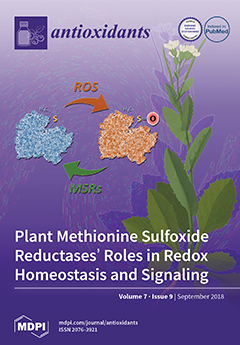The emphasis of previous studies has targeted the development of insulin mimic with little attention given to the development of metabolic enzyme inhibitors. Our focus is to synthesise nine
o-hydroxy and
p-nitro-azomethine analogues, investigate their digestive enzyme inhibitory capacity, as well
[...] Read more.
The emphasis of previous studies has targeted the development of insulin mimic with little attention given to the development of metabolic enzyme inhibitors. Our focus is to synthesise nine
o-hydroxy and
p-nitro-azomethine analogues, investigate their digestive enzyme inhibitory capacity, as well as the antioxidant and antimicrobial activities. The substituted Schiff bases were analysed using thermal gravimetric analyser (TGA), X-ray diffractometer (XRD), nuclear magnetic resonance spectroscopy (NMR), elemental analyser, and Fourier-transform infrared spectroscopy (FT-IR). Determination of synthetic yield revealed that the
o-hydroxy analogues produced the highest yield of ≥77.1% compared to
p-nitro and unsubstituted analogues. Spectra study showed the presence of azomethine stretching vibration at 1698–1613 cm
−1, proton signals at δ 8.46–9.81, and carbon signals at δ 145.95–159.53 ppm. Investigation into the thermal property indicated an elevated melting point for the
o-hydroxy analogue, compared to the
p-nitro derivative which showed high stability to heat. There are similarities in crystalline structure with few unique patterns suggesting different substituent group. The antioxidant activities of the substituted analogues registered low half maximal inhibitory concentration (IC
50), with exception to the ferric reducing power; indicating that the Schiff bases are weak siderophores. All nine Schiff bases were bacteriostatic or fungistatic at the screened concentrations; however, the nitro-substituted analogues have an enhanced activity with Minimum Inhibitory Concentration (MIC) values of 0.03–2.54 µM. Both
o-hydroxy and
p-nitro-substitution does not improve the antifungal activity of the compounds against
A. niger. The
o-hydroxyl and
p-nitro Schiff base derivatives showed enhanced activity towards the inhibition of
-amylase and α-glucosidase by hydroxylation and glycosylation, respectively. Although, hydroxy derivatives of sulphonic acid derived Schiff base slightly decreased the activities on α-glucosidase and α-amylase. Our findings suggest that
p-nitro substitution enhances the in vitro nonenzymatic activity while the
o-hydroxy derivatives are good hydrolase inhibitors. Therefore, substituent modification can be used as an enhancement technique in designing novel pharmacophore.
Full article






